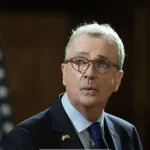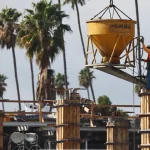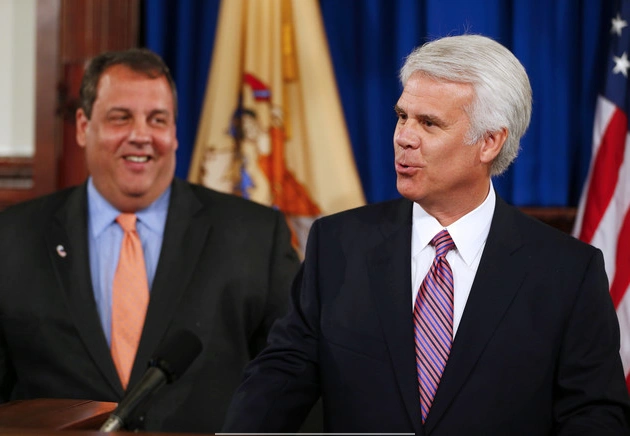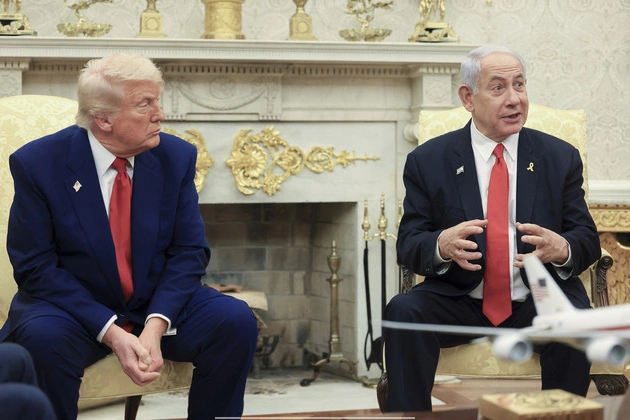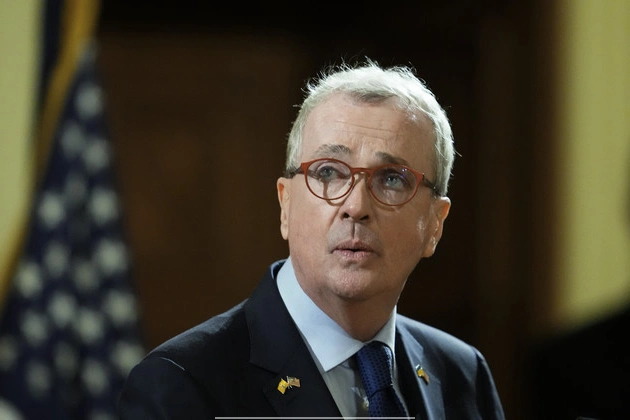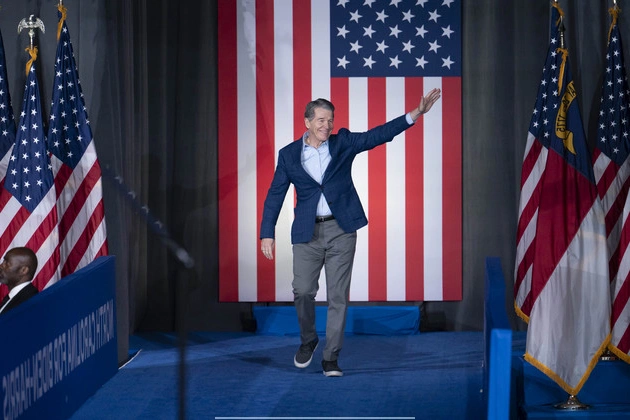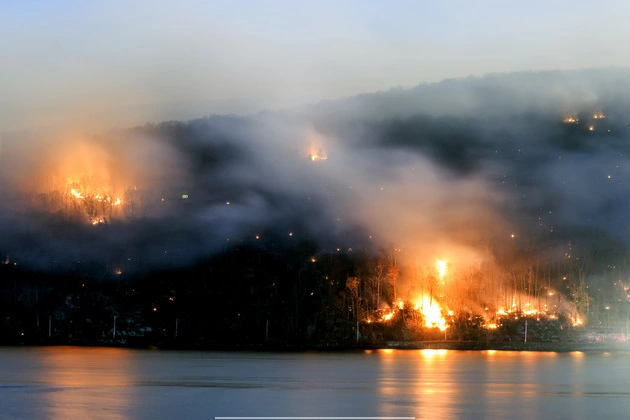
New Jersey Governor’s Concerns
In the aftermath of California’s destructive wildfires, Governor Phil Murphy of New Jersey expresses apprehension about New York’s readiness to combat fires along their mutual border.
During a recent press conference focusing on wildfire preparedness, Gov. Murphy sharply criticized New York for its absence of a state fire service, labeling the situation as ‘beyond belief.’
This critique follows a challenging incident three months ago when firefighters from both states grappled with a 5,000-acre blaze near their forested boundary in northern New Jersey. The fire, known as the Jennings Creek Fire, persisted for two weeks before being contained.
New York’s Response
New York’s approach to wildfires differs significantly from New Jersey’s. While the state’s Department of Environmental Conservation coordinates wildfire responses on state lands, it heavily relies on local fire departments for firefighting support. Despite having approximately 150 forest rangers trained to handle wildfires, these rangers juggle various responsibilities across 6 million acres of state lands.
Interstate Tensions
Notably, Gov. Murphy’s pointed remarks about New York’s firefighting capabilities have strained the typically cooperative relationship between the two states. Governor Kathy Hochul of New York, also a Democrat, acknowledges the need for partnership and coordination between the states during emergencies.
Both governors’ offices have emphasized the collaborative efforts of their respective firefighting teams during crises like the Jennings Creek Wildfire. However, underlying tensions persist regarding shared waterfront policing and toll issues affecting New Jersey drivers.
Future Preparedness
As the investigation into the Jennings Creek Fire continues, New York Senator Pete Harckham underscores the importance of evaluating the state’s wildfire response strategies in the face of climate change-induced fire risks.
While New York’s size and topography differ from smaller regions that employ state fire services, Sen. Harckham advocates for a comprehensive statewide strategy to address evolving wildfire threats.
The union representing DEC’s forest rangers and law enforcement officers highlights the need for adequate staffing levels to enhance the state’s wildfire response capabilities.
Conclusion
The interstate dispute over firefighting resources underscores the critical nature of adequate preparedness and cooperation in tackling wildfires. As climate change escalates the frequency and intensity of wildfires, states like New York and New Jersey must prioritize effective response mechanisms to safeguard their communities.


